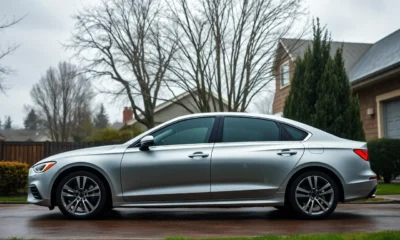Business
Subscription-Based Auto Insurance: Flexible Coverage for 2025
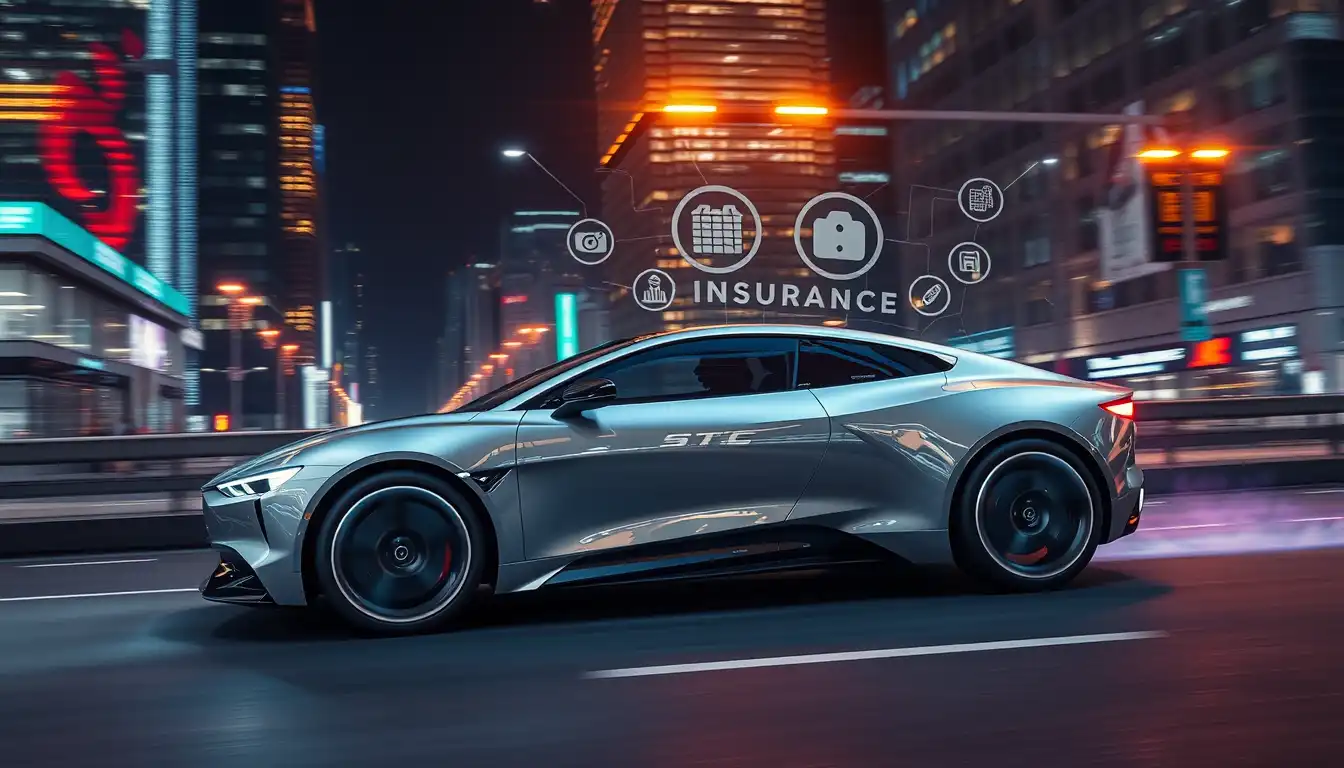
Introduction
The insurance industry is undergoing a massive transformation in 2025, and one of the most talked-about innovations is subscription-based auto insurance. Unlike traditional policies with rigid annual or semi-annual terms, subscription-based coverage allows drivers to pay only for what they need, when they need it—offering flexibility, affordability, and modern convenience.
In this article, we’ll explore how this model works, its benefits, drawbacks, and the role technology plays in shaping its future. If you’ve ever wished your car insurance was as easy to manage as your Netflix account, you’re about to find out why subscription-based auto insurance might be the future of driving.
1. What is Subscription-Based Auto Insurance?
Subscription-based auto insurance is a pay-as-you-go or month-to-month insurance plan where you can start, pause, or modify your coverage at any time. Instead of committing to a fixed-term policy, you subscribe to a flexible plan that adapts to your driving needs.
Example scenario:
- You drive only 3 months a year? You only pay for those months.
- You switch vehicles often? The policy moves with you.
Key difference from traditional insurance:
| Feature | Traditional Insurance | Subscription-Based Insurance |
|---|---|---|
| Policy Term | 6–12 months | Flexible: monthly, weekly, or daily |
| Payments | Fixed premium | Pay for usage/coverage period |
| Vehicle Changes | Requires policy amendment | Instant switch |
| Cancellation | Fees may apply | No cancellation fee |
2. Why Subscription-Based Insurance is Trending in 2025
Several factors are fueling the rise of subscription-based auto insurance:
a) Rise of Flexible Work & Lifestyle
With more people working remotely or using rideshare apps instead of owning cars full-time, flexibility in insurance has become essential.
b) Increasing Popularity of Car Subscriptions
Car subscription services like Care by Volvo and Porsche Drive are gaining traction, and insurance providers are adapting by offering matching subscription-based policies.
c) Economic Uncertainty
In unpredictable financial times, customers prefer pay-as-you-need solutions instead of hefty upfront commitments.
3. How Subscription-Based Auto Insurance Works
Most subscription-based insurance models operate through mobile apps or web platforms where you:
- Sign Up — Provide basic information and driving history.
- Customize Coverage — Choose collision, comprehensive, liability, and add-ons.
- Activate When Needed — Start coverage instantly before a trip or pause it when you’re not driving.
- Pay for Usage — Payments are deducted monthly or per-mile driven.
4. Benefits of Subscription-Based Auto Insurance
a) Cost Efficiency
You only pay when you use the car—ideal for seasonal drivers or those who own multiple vehicles.
b) Customizable Coverage
Tailor policies to include only what you need, whether it’s full coverage or just liability.
c) Ease of Management
No paperwork hassles—everything is done through a mobile app.
d) No Long-Term Commitment
Cancel anytime without penalties.

5. Potential Drawbacks
While subscription-based insurance offers flexibility, it may not be ideal for everyone:
- Higher Daily/Monthly Rates — Costs can be higher if you drive daily.
- Limited Providers — Not all insurance companies offer this yet.
- Possible Coverage Gaps — Pausing your policy may leave you uninsured in emergencies.
6. Technology Driving the Change
The backbone of subscription-based auto insurance is technology—particularly telematics and AI-based risk assessment.
Telematics devices track mileage, driving behavior, and vehicle location to calculate personalized rates.
AI algorithms predict risk and adjust premiums dynamically, making insurance smarter and more accurate.
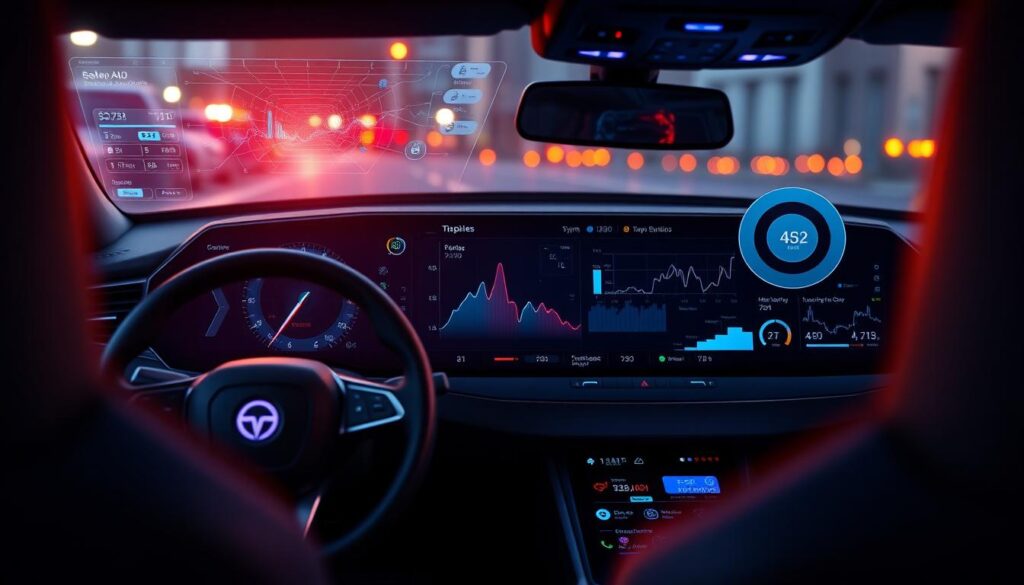
7. The Future of Subscription-Based Auto Insurance
By 2030, experts predict subscription-based insurance will be:
- Integrated with car manufacturers (coverage included in the vehicle subscription)
- Fully usage-based (pay-per-mile as standard)
- Connected to smart city infrastructure for real-time updates and dynamic pricing
8. Who Should Consider Subscription-Based Auto Insurance?
- Seasonal Drivers
- Multiple Vehicle Owners
- Urban Commuters Who Rarely Drive
- Frequent Travelers Who Need Short-Term Coverage
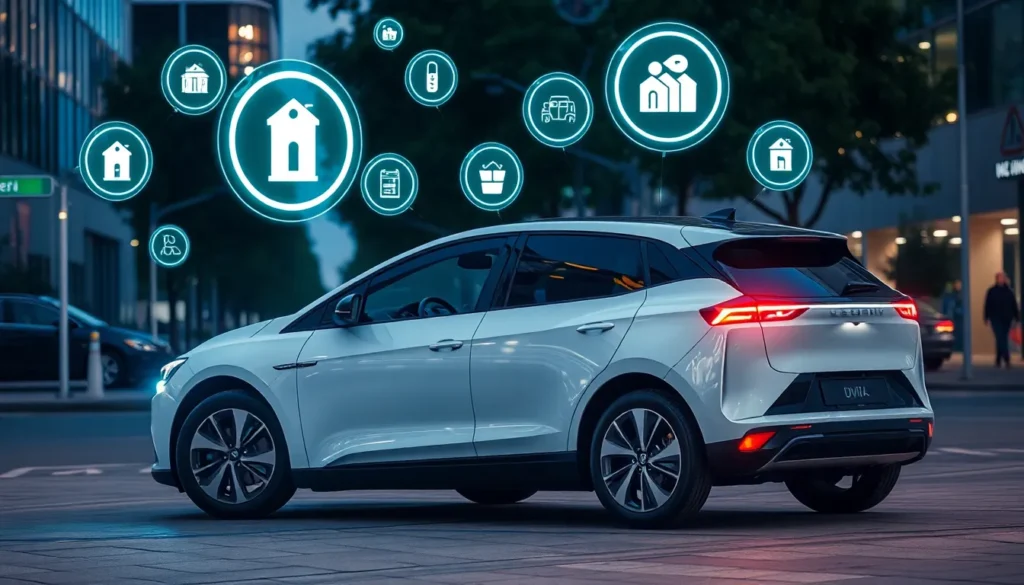
9. How to Choose the Right Provider
When selecting a subscription-based insurance provider, consider:
- Coverage Options — Ensure liability, collision, and theft are included.
- Pricing Structure — Compare per-mile vs. monthly flat rates.
- Ease of Activation/Pause — Look for instant changes via app.
- Reputation & Reviews — Choose a well-rated provider.
10. Final Thoughts
Subscription-based auto insurance is redefining flexibility in the insurance industry. For drivers in 2025, it offers the freedom to pay only for what you need without sacrificing coverage. With technology leading the change, we can expect even more innovative features in the coming years.
If you’re someone who values adaptability, convenience, and control over your expenses, subscription-based auto insurance could be the perfect fit for your lifestyle.
🔗 Internal Link: Top Auto Insurance Trends in 2025
🔗 External Link: National Association of Insurance Commissioners – Auto Insurance Guide
Business
Insuring an Electric Vehicle in 2025: What’s Different?
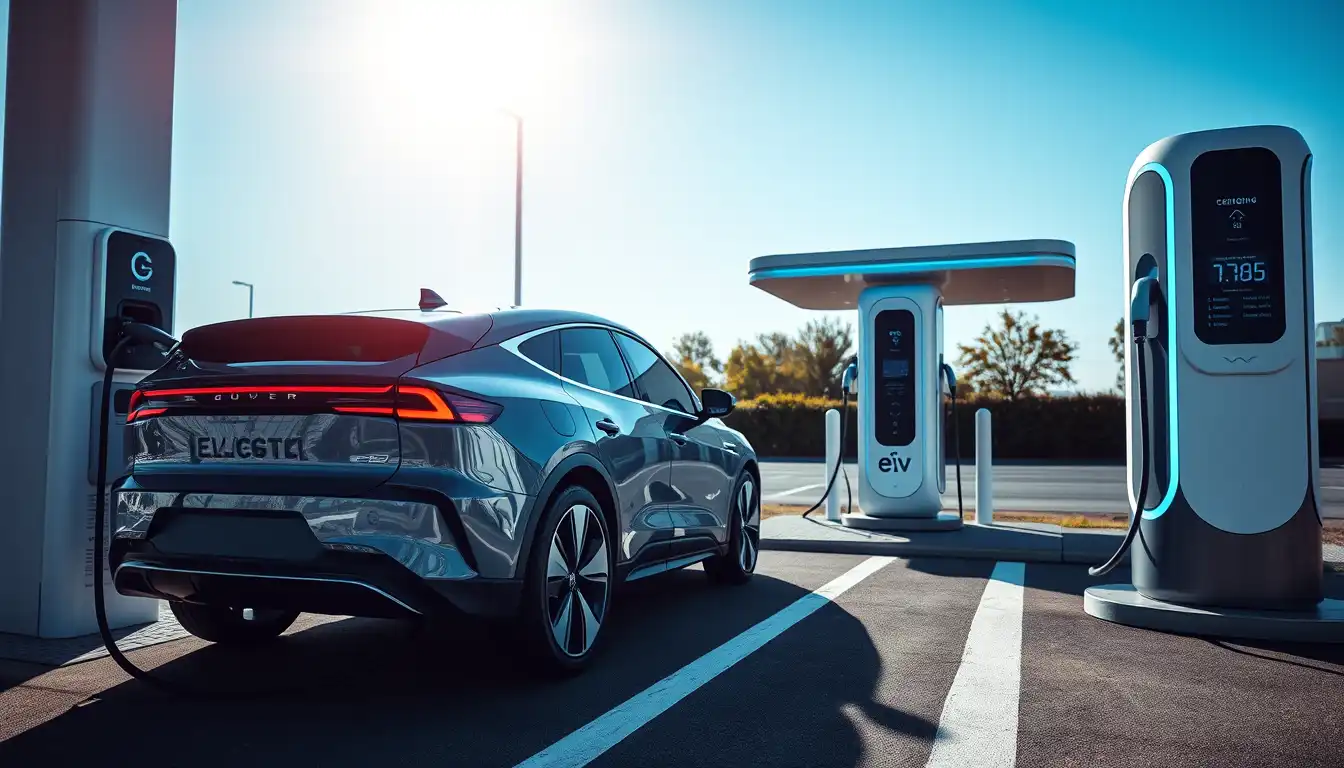
Introduction
Electric vehicles (EVs) are no longer the future—they’re the present. In 2025, more drivers are switching to EVs than ever before, thanks to government incentives, lower running costs, and environmental benefits. But when it comes to insuring an electric vehicle in 2025, things work a bit differently compared to traditional petrol or diesel cars.
In this article, we’ll explore exactly what’s changed in EV insurance, what new coverage options exist, and how you can save money while protecting your investment.
1. Why EV Insurance in 2025 is Different from Regular Car Insurance
While the basic principles of auto insurance remain the same—protecting your vehicle and covering liability—EV insurance policies in 2025 include new considerations such as:
- Battery Coverage: EV batteries are expensive, sometimes costing 30-40% of the car’s value. Insurers now offer specific battery replacement or repair coverage.
- Charging Equipment: Home charging stations and portable chargers are now insurable components.
- Software & Cybersecurity Risks: With connected EVs, software hacks and system malfunctions are covered under specialized policies.
- Green Incentives: Some insurers provide discounts for EV owners to encourage sustainable driving.
💡 Example: A Tesla Model 3 owner in 2025 might pay a slightly higher base premium than a petrol car owner but can reduce costs through eco-discounts and safe driving telematics.
2. Factors That Affect EV Insurance Premiums in 2025
a) Battery Type & Range
Longer-range EVs with advanced lithium-ion or solid-state batteries may have higher premiums due to repair/replacement costs.
b) Repair Costs & Availability
EV parts are still less common than traditional car parts, so specialized repair centers can charge more.
c) Vehicle Safety Ratings
Cars with advanced driver-assistance systems (ADAS) and autonomous features can lower premiums due to reduced accident risk.
d) Charging Infrastructure
Drivers with secure home charging stations may get lower premiums compared to those relying solely on public chargers.
3. New Coverage Options for EV Owners in 2025
Battery Replacement Coverage
Covers damage from accidents, manufacturing defects, or degradation beyond a certain threshold.
Charging Equipment Insurance
Includes damage to home wall chargers, portable chargers, and even public charging cables if vandalized.
Cybersecurity Protection
Covers losses due to hacking of the car’s operating system or theft of personal data from the vehicle’s software.
Green Replacement Coverage
If your EV is totaled, insurers replace it with a new model that meets higher eco-efficiency standards.

4. How EV Insurance Costs Compare to Traditional Cars in 2025
Many assume EV insurance is more expensive—but that’s not always true in 2025.
| Feature | EV Insurance (2025) | Petrol/Diesel Insurance (2025) |
|---|---|---|
| Battery Coverage | Yes | No |
| Charging Equipment | Yes | No |
| Green Incentives | Up to 20% discount | Not applicable |
| Repair Cost | Slightly higher | Lower |
| Cybersecurity Coverage | Yes | Rare |
Pro Tip: Combine your EV insurance with renewable energy home coverage for additional savings.
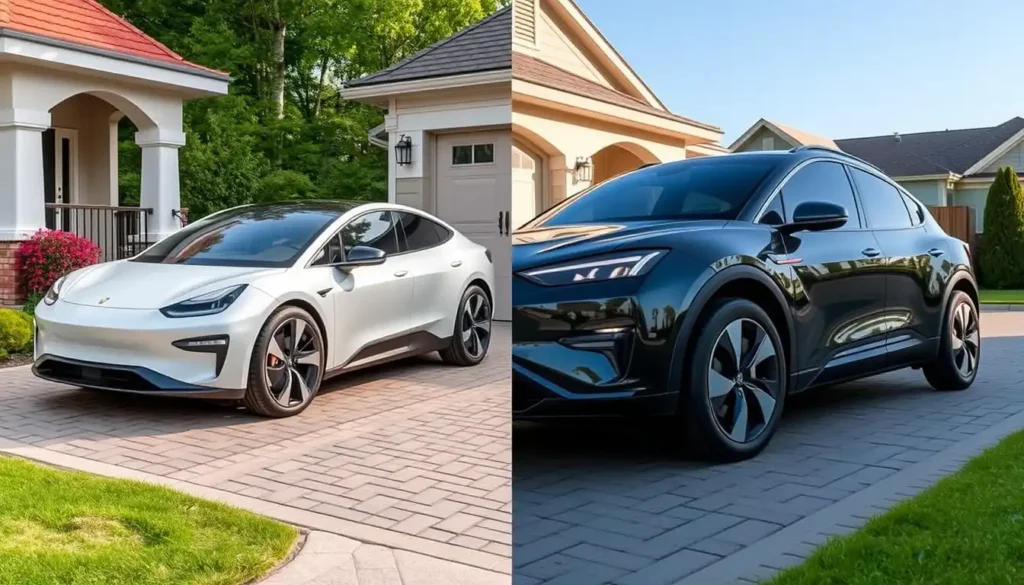
5. Tips to Save Money on EV Insurance in 2025
- Shop Around – Use comparison sites to find the best EV-specific deals.
- Install Security Features – GPS tracking and advanced alarms lower theft risk.
- Use Telematics – Safe driving behavior can earn you discounts.
- Bundle Policies – Combine EV insurance with home or life insurance.
- Ask for Green Discounts – Many insurers reward eco-conscious drivers.
6. Challenges EV Owners Face in 2025 Insurance
- Battery Warranty Limitations – Some warranties exclude certain damage types, making separate coverage necessary.
- Higher Repair Times – Specialized technicians can delay repairs.
- Limited Policy Awareness – Many drivers are unaware of EV-specific benefits.
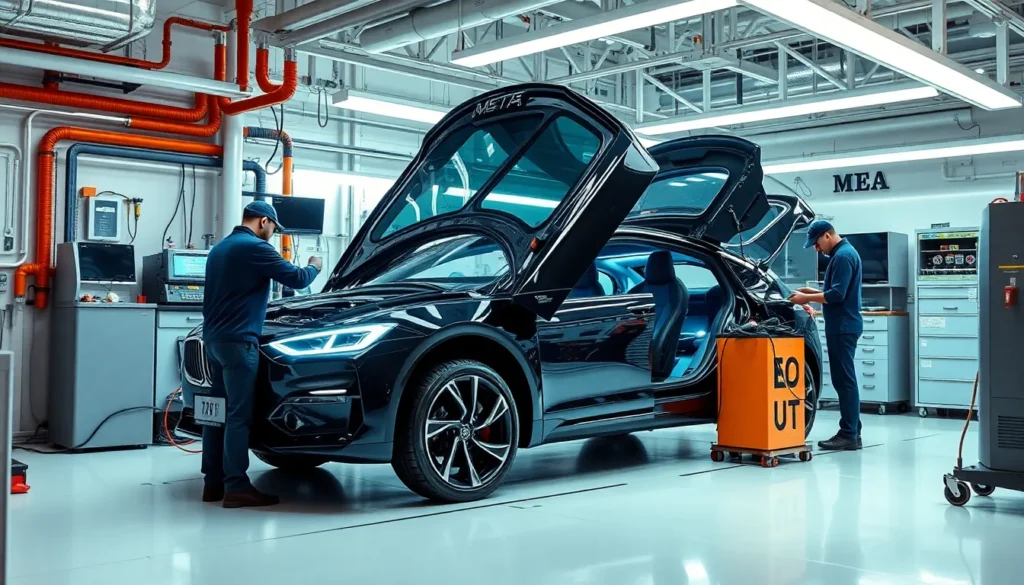
7. Recommended Insurance Companies for EVs in 2025
(Based on current market trends)
- Progressive – Known for flexible EV policies and green incentives.
- State Farm – Offers comprehensive battery and charging equipment coverage.
- Allianz – Strong global coverage for international EV travelers.
8. Final Thoughts
Insuring an electric vehicle in 2025 is no longer a confusing process—it’s becoming more tailored, transparent, and eco-friendly. While some costs remain higher due to specialized repairs and battery coverage, the overall benefits outweigh the drawbacks. With the right policy, you can protect your EV, save money, and contribute to a greener planet.
External Link Suggestion:
Business
How AI Chatbots Are Changing the Way You Buy Car Insurance
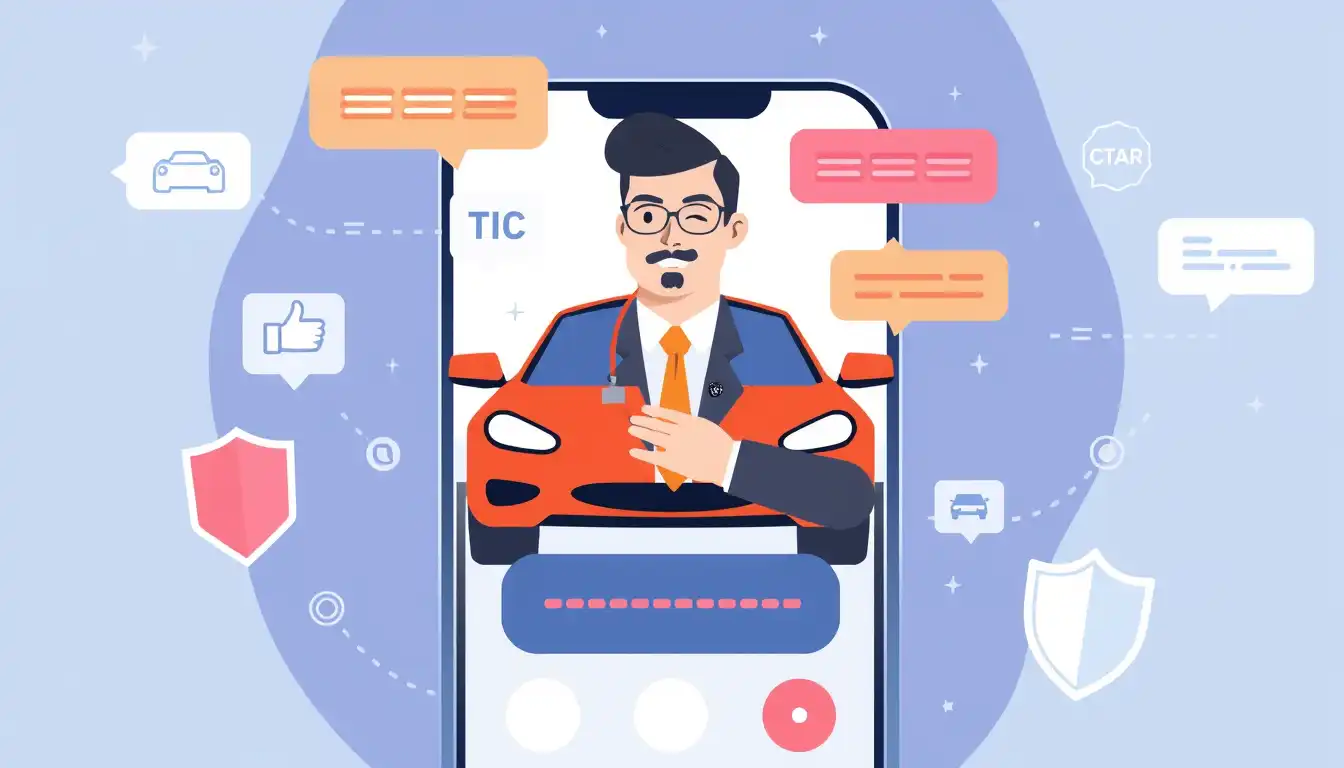
In recent years, AI chatbots have transformed the way we interact with services — and car insurance is no exception. From instant quotes to policy recommendations, these virtual assistants are streamlining the buying process, saving time, and enhancing customer experience.
In this article, we’ll explore how AI chatbots are reshaping car insurance purchases, their benefits, challenges, and future trends you need to know in 2025.
1. What Are AI Chatbots in Car Insurance?
AI chatbots are automated virtual assistants powered by artificial intelligence and natural language processing (NLP). They can simulate human conversations, answer queries, and complete tasks like generating insurance quotes or processing claims.
In the car insurance industry, they’re integrated into websites, apps, and even messaging platforms to guide customers through the buying journey.
💡 Example: Platforms like GEICO’s Kate and Progressive’s Flo can help users calculate premiums, explain coverage options, and even recommend discounts — all in real time.
2. How AI Chatbots Simplify Buying Car Insurance
Gone are the days of long forms and multiple calls to agents. With AI chatbots, you can:
a) Get Instant Quotes
Instead of manually entering details on multiple insurer websites, AI chatbots can pull your data and instantly provide tailored premium quotes.
b) Compare Policies in Seconds
Chatbots can list policy benefits, exclusions, and costs side-by-side — saving you hours of research.
c) 24/7 Availability
Whether it’s midnight or a weekend, chatbots are always available to answer your queries.
d) Personalized Recommendations
By analyzing your driving habits, location, and budget, chatbots can suggest the best coverage for your needs.

3. Why AI Chatbots Are a Game-Changer in 2025
The 2025 insurance market is highly competitive. Consumers demand speed, transparency, and personalization — and chatbots deliver exactly that.
Cost Efficiency
Insurers save on manpower while customers save time.
Better Customer Experience
Quick responses and friendly interaction create a better buying journey.
Data-Driven Decisions
Chatbots learn from thousands of customer interactions, making their suggestions smarter over time.
💡 External Link: How AI is Transforming Insurance Industry – Forbes
4. Challenges of Using AI Chatbots in Car Insurance
While the benefits are massive, there are also challenges:
- Complex Queries: Chatbots still struggle with rare or complicated policy questions.
- Data Privacy Concerns: Sharing personal info with AI systems requires strong security.
- Human Touch: Some customers still prefer human agents for final decisions.

5. Real-World Examples of AI Chatbots in Car Insurance
- GEICO’s Kate: Answers questions about billing, policy, and coverage.
- Progressive’s FloBot: Provides quotes and personalized offers.
- Allstate’s ABIE: Assists with claims and policy management.
These systems are constantly learning and improving through machine learning algorithms.
6. The Future of Car Insurance with AI Chatbots
Experts predict that by 2027, AI chatbots will handle over 85% of initial car insurance inquiries. Future developments may include:
- Voice-Activated Chatbots for hands-free interaction while driving.
- Integration with Telematics to provide usage-based pricing instantly.
- Proactive Policy Updates based on lifestyle changes.
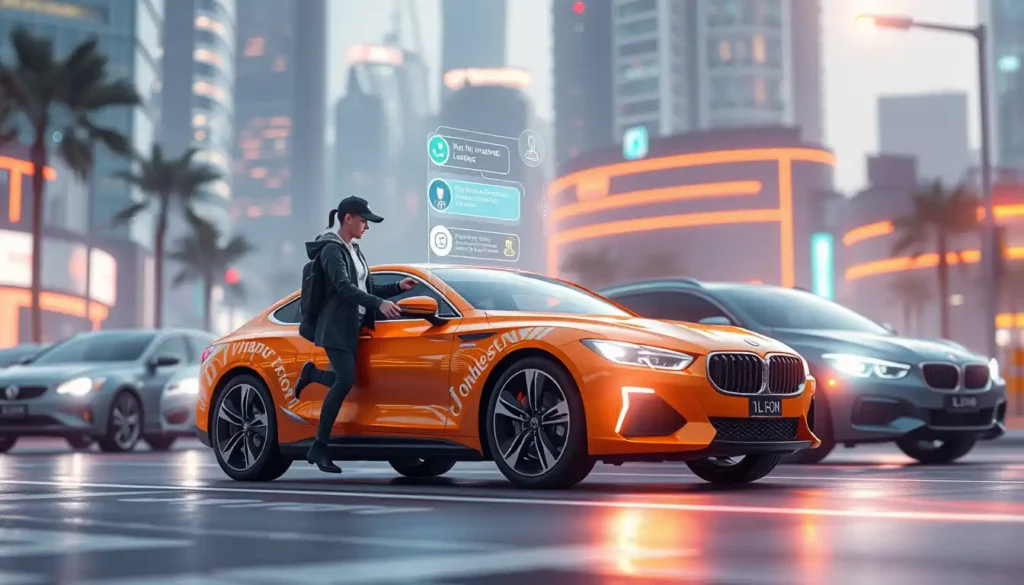
7. Final Thoughts
AI chatbots are no longer just a customer service add-on — they’re becoming the frontline of car insurance sales and support. With their ability to simplify processes, personalize recommendations, and operate 24/7, they’re revolutionizing how people buy car insurance.
In the next few years, expect AI chatbots to become even smarter, faster, and more integrated into our everyday lives — making the process of buying car insurance not just easier, but also more transparent and personalized.
Internal Link Suggestion:
- Best Auto Insurance Providers in 2025 (link to your blog)
External Link Suggestion:
Business
Insurance for Autonomous Vehicles: What You Need to Know
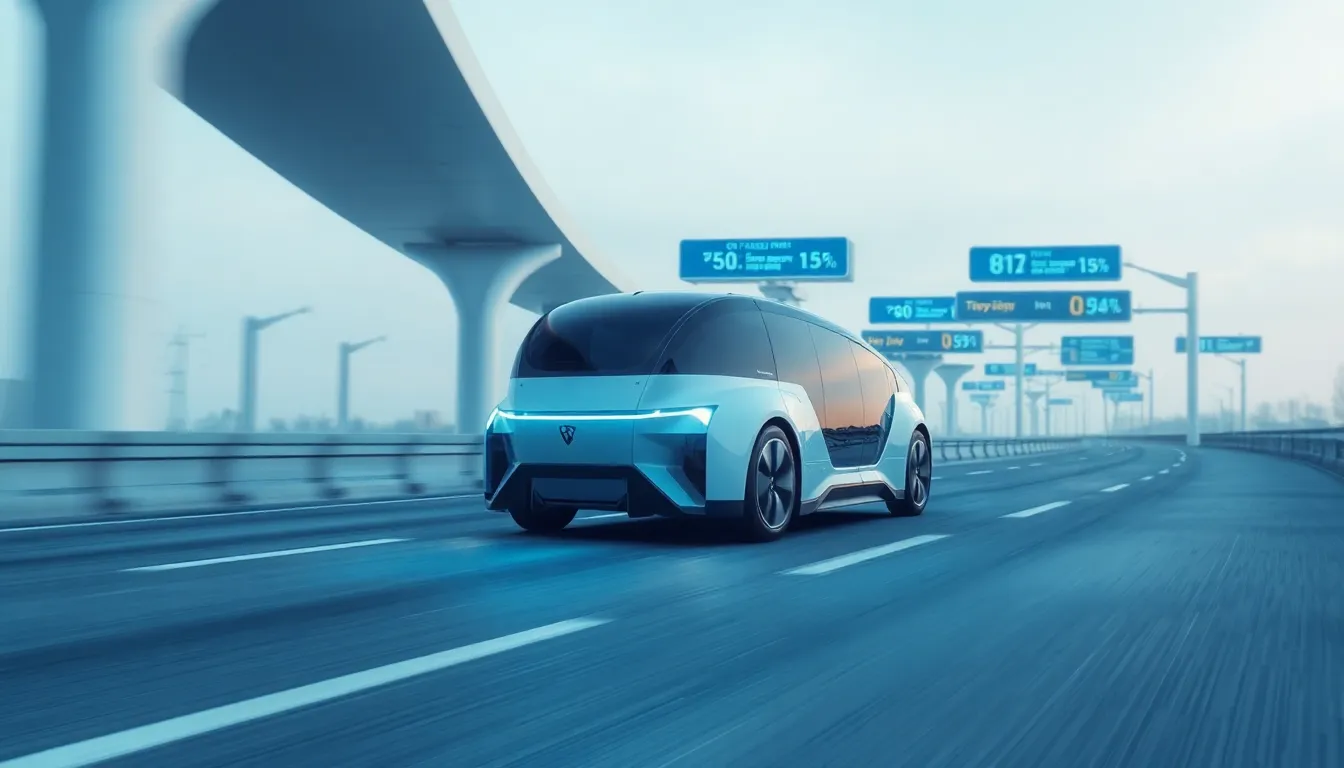
Introduction
The rise of autonomous vehicles (AVs) is transforming the way we think about transportation. From Tesla’s Autopilot to Waymo’s self-driving taxis, the future of mobility is here. But as cars become smarter, insurance for them is getting more complex. Who is responsible if there’s an accident—the driver, the car manufacturer, or the software developer?
In this guide, we’ll cover everything you need to know about insurance for autonomous vehicles, including coverage options, liability issues, costs, and legal implications in 2025.
What Are Autonomous Vehicles?
Autonomous vehicles, also known as self-driving cars, use AI, sensors, cameras, and LiDAR technology to operate without—or with minimal—human intervention.
They are categorized by SAE automation levels:
- Level 0: No automation
- Level 1-2: Driver assistance (adaptive cruise control, lane keeping)
- Level 3-4: Partial to high automation (car handles most driving but may require intervention)
- Level 5: Fully autonomous (no human driver needed)
Why Autonomous Vehicle Insurance is Different
Insurance for traditional cars is straightforward—you, as the driver, are primarily responsible for accidents. But with autonomous cars, responsibility shifts.
Key differences include:
- Liability Shift – Manufacturers or software developers may be held liable instead of drivers.
- New Risk Factors – Cybersecurity threats, software malfunctions, and sensor failures.
- Complex Claims – Determining fault requires data from the vehicle’s black box.
- Mixed Roads – AVs will share roads with human-driven cars, increasing unpredictable risks.
Types of Insurance for Autonomous Vehicles
Autonomous vehicle insurance is evolving, but common coverage types include:
1. Personal Auto Insurance
Still required for semi-autonomous cars (Level 1–3), covering:
- Liability for bodily injury & property damage
- Collision and comprehensive coverage
2. Product Liability Insurance
For Level 4–5 AVs, manufacturers may need this to cover design flaws, software errors, and sensor failures.
3. Cybersecurity Insurance
Protects against hacking, ransomware, and malicious interference with vehicle systems.
4. Data Privacy Insurance
Covers losses from data breaches involving passenger information.
5. Fleet Insurance
For companies operating multiple AVs (e.g., robo-taxis, delivery vehicles).
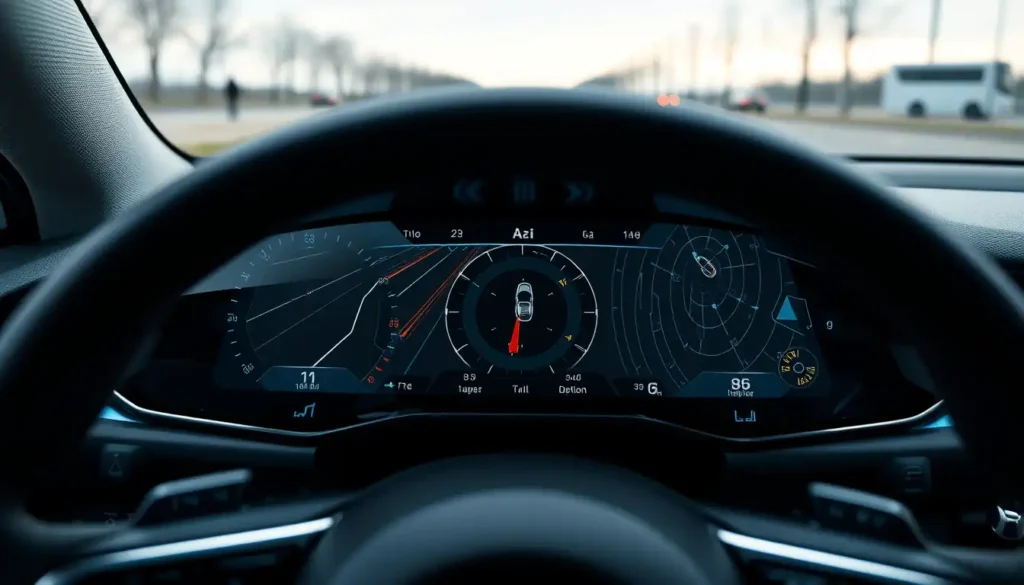
Who is Liable in an Autonomous Vehicle Accident?
Liability depends on the level of automation and cause of the accident:
- Human Driver Fault: If the AV is in manual mode, the driver’s personal insurance applies.
- Manufacturer Fault: If a defect in sensors, AI, or braking systems caused the crash.
- Software Provider Fault: If a navigation or AI decision led to the incident.
- Third-Party Hacker Fault: If a cyberattack disrupted the car’s functions.
📌 Example: In 2023, a semi-autonomous car accident in California led to a lawsuit against the manufacturer for a braking system malfunction.
How Much Does Autonomous Vehicle Insurance Cost in 2025?
Currently, insurance for AVs can be 10–20% higher than regular cars due to:
- Higher repair costs for advanced sensors & software
- Cybersecurity risks
- Unclear legal precedents
However, as accident rates drop due to automation, premiums are expected to decrease in the next decade.

Global Trends in Autonomous Vehicle Insurance
- USA: State-specific AV insurance laws, product liability focus.
- Europe: Strong data privacy and cyber insurance regulations.
- Asia: Rapid adoption of robo-taxis; governments pushing special AV insurance policies.
Challenges for Insurers
- Determining Fault – Requires advanced crash data analysis.
- Lack of Historical Data – AV accident statistics are still limited.
- Cybersecurity Risks – Insurers must factor in hacking scenarios.
- Changing Regulations – Laws differ across countries and states.
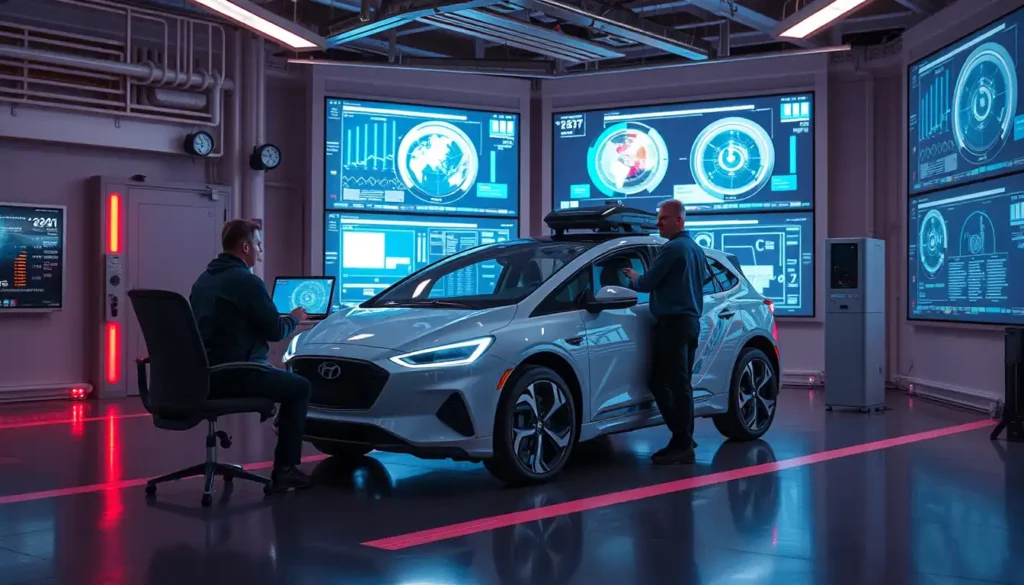
How to Choose the Right Autonomous Vehicle Insurance
When buying AV insurance, consider:
- Coverage for hardware & software failures
- Cybersecurity protection
- Legal liability clauses
- Data privacy coverage
- Reputation of the insurer in AV claims
The Future of Autonomous Vehicle Insurance
By 2030, we may see:
- Pay-per-mile AV insurance based on usage
- Blockchain-based claims processing for faster payouts
- Integrated manufacturer-insurer partnerships
- AI-driven premium calculation based on driving data
Internal Links
External Links
- National Highway Traffic Safety Administration – Autonomous Vehicles
- Insurance Information Institute – Self-Driving Cars
Conclusion
Insurance for autonomous vehicles is entering uncharted territory. As technology advances, insurers, lawmakers, and manufacturers will need to collaborate to ensure safe, fair, and affordable coverage for drivers.
If you own—or plan to own—a self-driving car, staying informed about liability, coverage options, and legal changes will be essential. The road ahead is exciting, but in the world of autonomous vehicles, knowledge is your best insurance.
-

 Auto Insurance4 months ago
Auto Insurance4 months agoBest Auto Insurance Companies for Electric Vehicles in 2025
-
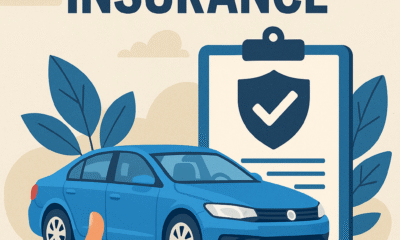
 Insurance5 months ago
Insurance5 months agoBest Auto Insurance for Low-Mileage Drivers: A 2023–2025 Guide
-
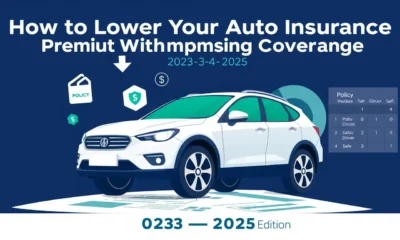
 Insurance5 months ago
Insurance5 months agoHow to Lower Your Auto Insurance Premium Without Compromising Coverage (2023–2025 Edition)
-

 Car Insurance3 months ago
Car Insurance3 months agoComparing Online vs Agent-Based Car Insurance: Pros & Cons
-
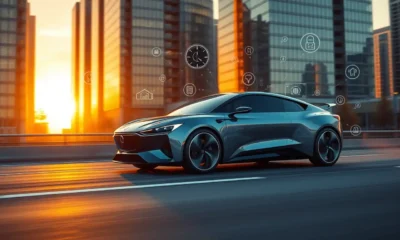
 Car Insurance4 months ago
Car Insurance4 months agoSmart Cars and Smart Policies: How Auto Insurance is Getting Smarter
-
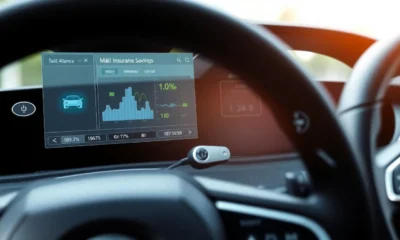
 Insurance4 months ago
Insurance4 months agoHow Telematics Devices Affect Your Insurance Premium
-

 Business4 months ago
Business4 months agoHow AI Chatbots Are Changing the Way You Buy Car Insurance
-

 Insurance5 months ago
Insurance5 months agoTelematics and Pay-Per-Mile Insurance: Are You Paying Too Much?



